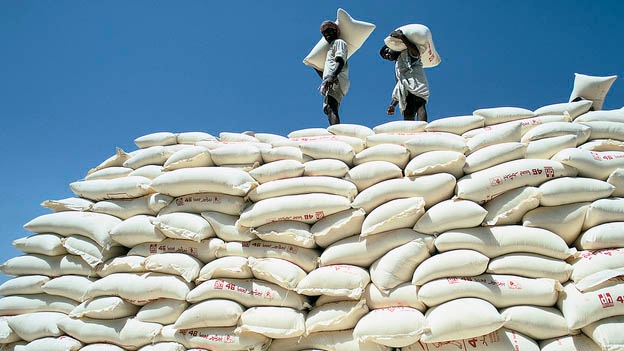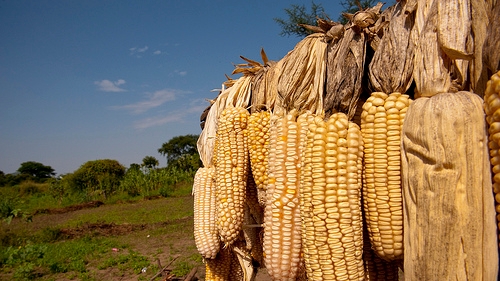Prices remain high and with recent price increases in May and June, uncertainties surrounding unstable weather conditions and domestic policy decisions among key food producers warrant close scrutiny.
Domestic policies worth watching include public procurement policies, but also consumer price subsidies, which, far from being a thing of the past, continue to be used – even though subsidies often bring meager benefits to the poor, high fiscal costs, corruption episodes and unproven nutritional effects.
Recent decisions by the governments of India, Indonesia and Benin to extend consumer food subsidies indicate that such policies remain in vogue.
Between the 1950s and 1970s, developing countries used universal food subsidies as major components of their poverty alleviation strategies. Lately, rising food prices and recurring price spikes have revived the popularity of such subsidies, leading countries with high poverty and weak safety nets to make food available at below-market prices – for example by subsidizing imports or giving vulnerable groups access to food discount stores.
Yet, the long-held consensus regarding consumer food subsidies, just as with electricity and fuel subsidies, is that when untargeted and poorly implemented, they are not effective in helping the poor. They can also distort market prices and agricultural production, while leaving nations with a hefty fiscal bill.
Data from the Middle East and North Africa, the region most dependent on generalized subsidies, illustrate the harmful equity and fiscal implications of consumer subsidies. According the International Monetary Fund estimates, only 35 percent of the amount spent on subsidies there reaches the bottom 40 percent of the population.
Country-specific estimates also confirm that the share of benefits from food subsidies reaching the poor is a fraction of total benefits.
Read full report

